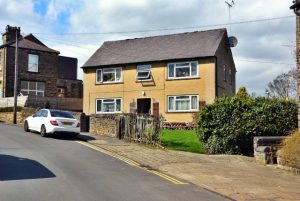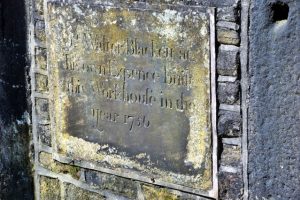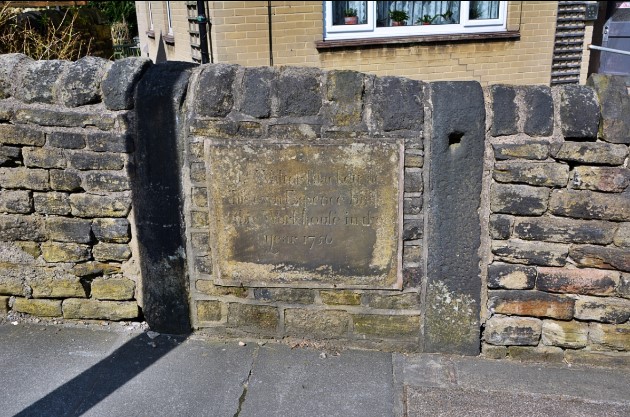As I was walking through Calverley on Blackett Lane, I noticed a stone plaque in the wall with an inscription that reads: “Sir Walter Blackett at his own expense built this workhouse in the year 1756”, writes Mark Stevenson.
I thought to myself that was good of him and decided to look into it further to find out what the real reason was for him being so generous.
Turns out that Sir Walter Blackett was once known as Walter Calverley, and when his Uncle died a condition of the inheritance was that he change his name to Blackett and marry his uncle’s illegitimate daughter, Elizabeth Ord, both of which he did.

In 1755 Walter decided to sell the manor of Calverley to Thomas Thornhil. Part of the condition of the sale was that Walter was to pay for the building of the Calverley-cum-Farsley workhouse.
Walter was known for his acts of charity so maybe this was no hard thing for him to do for his old home.
The workhouse was built on Back Lane – now Blackett Lane – and was to hold 40 inmates. It had a reputation for been overly generous to its inmates.
An inmate of the workhouse in Calverley could expect to be better fed and better clothed than some of the working inhabitants of Calverley.

When a carpet was donated to the workhouse for the elderly, the overseers bought matching curtains. Even with such generosity all the elderly people who were resident in the workhouse in 1808 were dead by 1810.
The overseers had their ways of trying to keep costs down, in 1778 they offered a Hannah Sowdon 8d (about £9 in today’s money) a week to leave the workhouse.
In 1808 all of the widows in the workhouse had remarried, in some cases the overseer paid for the ring and service.
One of the biggest problems for the overseer was the bastards and the bastard-bearers (their words, not mine).
These women and children could become long-term inmates, which was costly. The fathers of these children would be fined and persistent offenders might be told to leave to village but the women with their children mostly ended up in the workhouse.
With the enlargement of Bradford Workhouse in 1840 the inmates from Pudsey, Idle and Calverley workhouses were removed to the one in Bradford. The Calverley-cum-Farsley workhouse no longer exists with the plaque from the original building one of the few reminders that it ever existed

